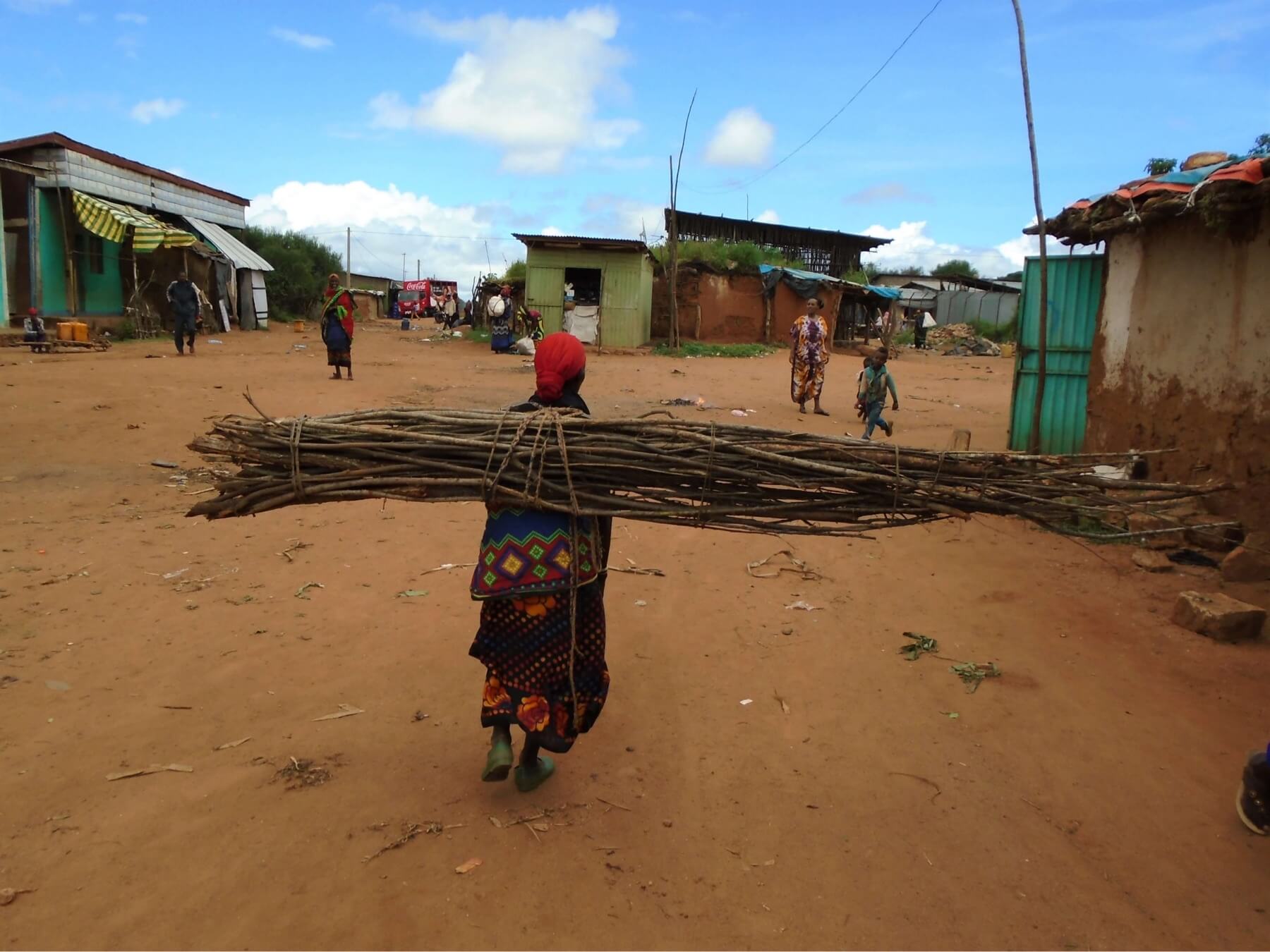Coping with
Uncertainty:
a Diversity
of approaches
borana photovoice
Facilitated by Maresha Taye
Pastoralists are exposed to a wide range of risks and
uncertainties, many of which overlap. A single peril impacts people in a
variety of ways. As a result, responses are shaped by a combination of how one mobilises
resources before or after an incident happens, whether as an individual or as
part of a larger community. Responses in the two research locations are disaggregated by wealth,
gender, and age.
The wealthy respond by investing in non-livestock ventures (such as the construction of modern residences for business reasons or trade activities in neighbouring towns) – which often need a high level of financial capability – or in commercialised agriculture (livestock or crop production).
The wealthy respond by investing in non-livestock ventures (such as the construction of modern residences for business reasons or trade activities in neighbouring towns) – which often need a high level of financial capability – or in commercialised agriculture (livestock or crop production).


Malicha, 56, a wealthy pastoralist in Dire, aspires to diversify his livelihood to
non-agricultural activities and took the photographs above. He wants to own a
restaurant and photographed a businessman whose footsteps he is following (top), and the house he is constructing (bottom).
“The best approach for pastoralists to manage uncertainty is to mobilise resources and plan for it, even if you don't know how many resources are needed to cope with it.”


Kusse, a pastoralist
in Dire, notes that while livestock feed is easily transported, it is both scarce
and expensive (as it requires specific type of tanks) in case of water storage. The rich can afford to build ‘sophisticated’
water reservoirs (bottom image), but others will team-up to harvest water, as
seen in the upper image.
“The main difference is that the private reserve can stay fresh longer when the availability of surface water is satisfactory for months or without being affected by the sun [evaporation].”
For the poor, particularly women, responses are directed towards petty
trading by selling firewood, milk (sporadically), or reselling grains to nearby
towns. In the case of young males, the most popular non-livestock business is employment as a motorbike driver to transport people and commodities.

